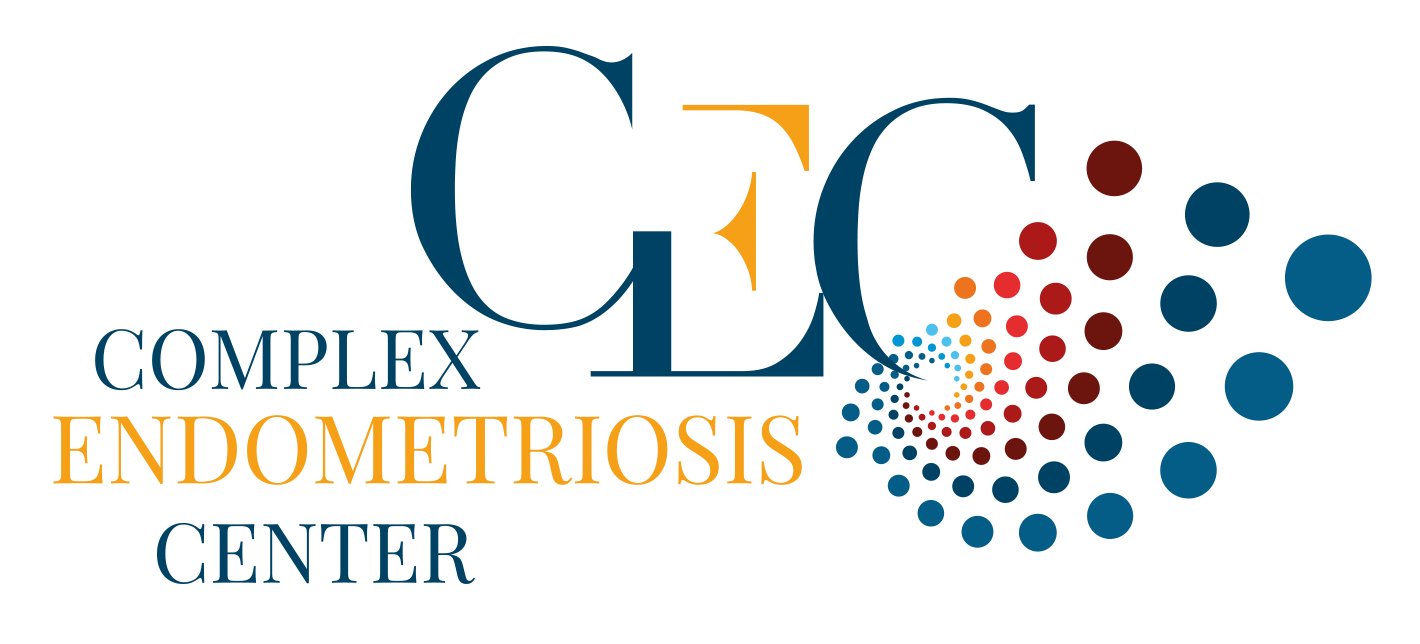Diffuse adenomyosis invades the myometrium in an uncircumscribed manner, so its excision has a major impact on the myometrium. Although excision techniques have been reported in the scientific literature, the CEC has elected not to use them because of their mixed efficacy and significant risk of uterine rupture in the event of subsequent pregnancy(25).
Treatment of diffuse adenomyosis in case of a desire to conceive is therefore essentially medical and must be addressed on a case-by-case basis in multidisciplinary consultation and coordination with in vitro fertilization specialists.
If there is no desire for pregnancy and medical treatment has failed (ineffectiveness or intolerance), surgical intervention in the form of laparoscopic hysterectomy is then discussed. In this case, a complete extension work-up is necessary in order not to underestimate the presence of other associated forms of endometriosis, which could modify the surgical strategy. The ECC has considerable experience in performing laparoscopic hysterectomies(27, 28, 29). Today, this approach is entirely performed by laparoscopy and the open route (laparotomy) is simply abandoned. We have evaluated our surgical technique and published several studies describing the major and minor postoperative complications which are respectively 0.44 and 0.5% in a series of 3290 patients(27). The hospital stay is generally short: 90% of patients are able to leave the clinic the day after the operation. In some particular cases, the operation can be performed as an outpatient procedure with an average of 5 hours of postoperative hospitalization and a low pain score maintained from the recovery room to the day after the operation in a study published in 2015(29).
Nevertheless, hysterectomy can be difficult for patients to accept for a number of reasons. Indeed, it can have psychological repercussions and an impact on body image, which is unique to each patient. This is why, the CEC works alongside a support team to offer conditioning and counseling sessions. This yields a better understanding of the procedure on a case-by-case basis, allowing us to offer personalized support.
